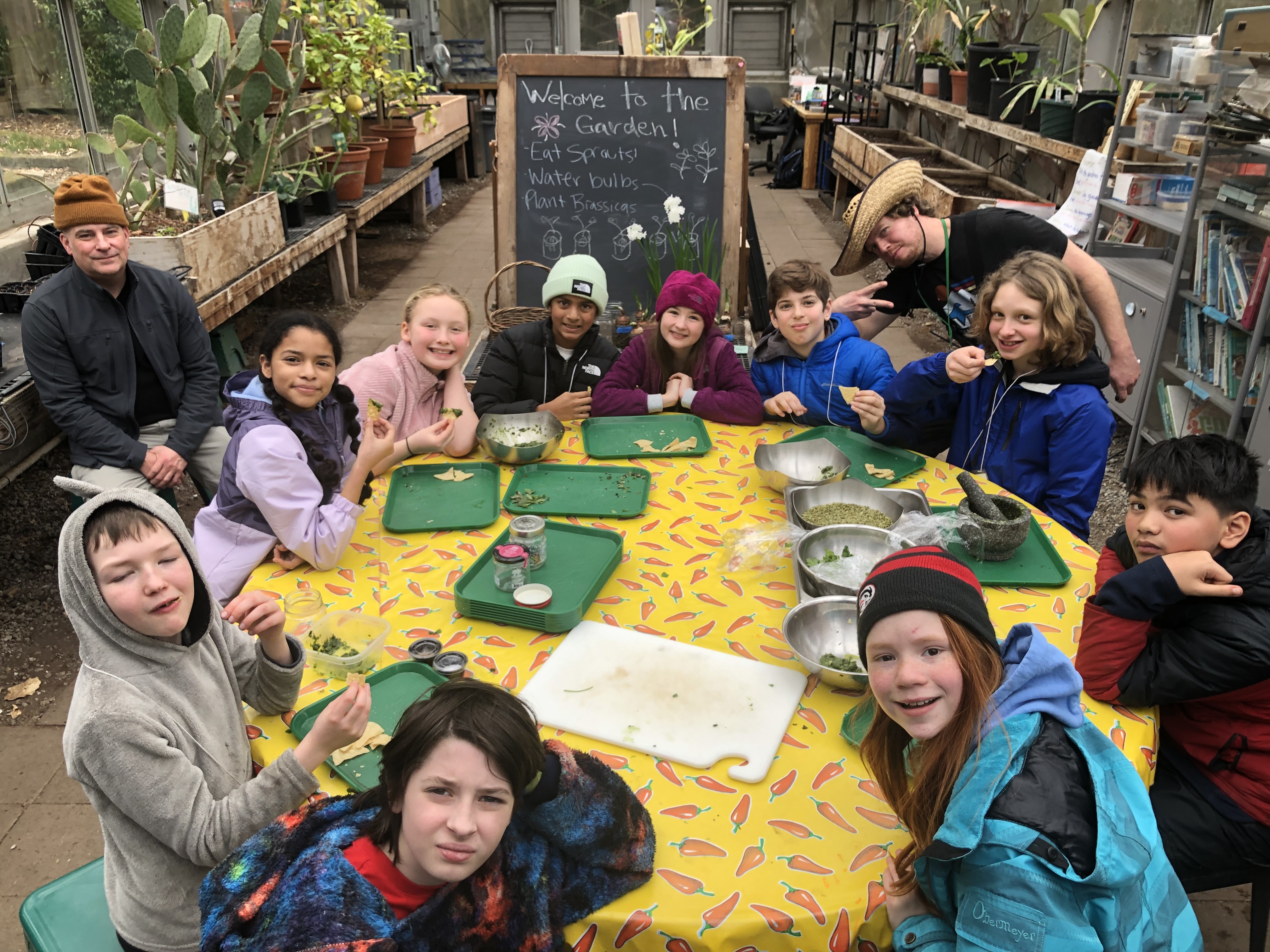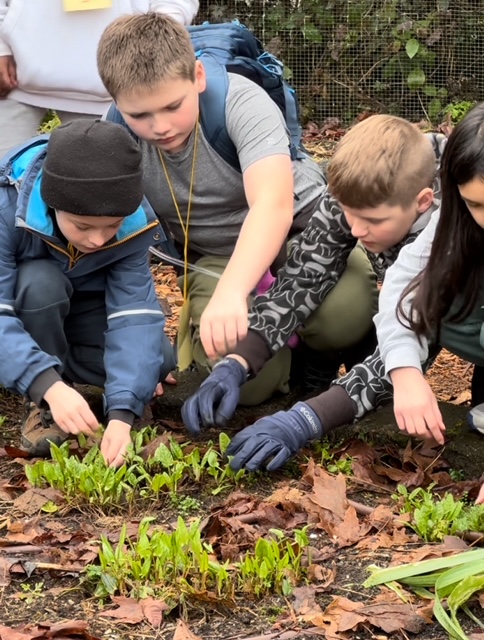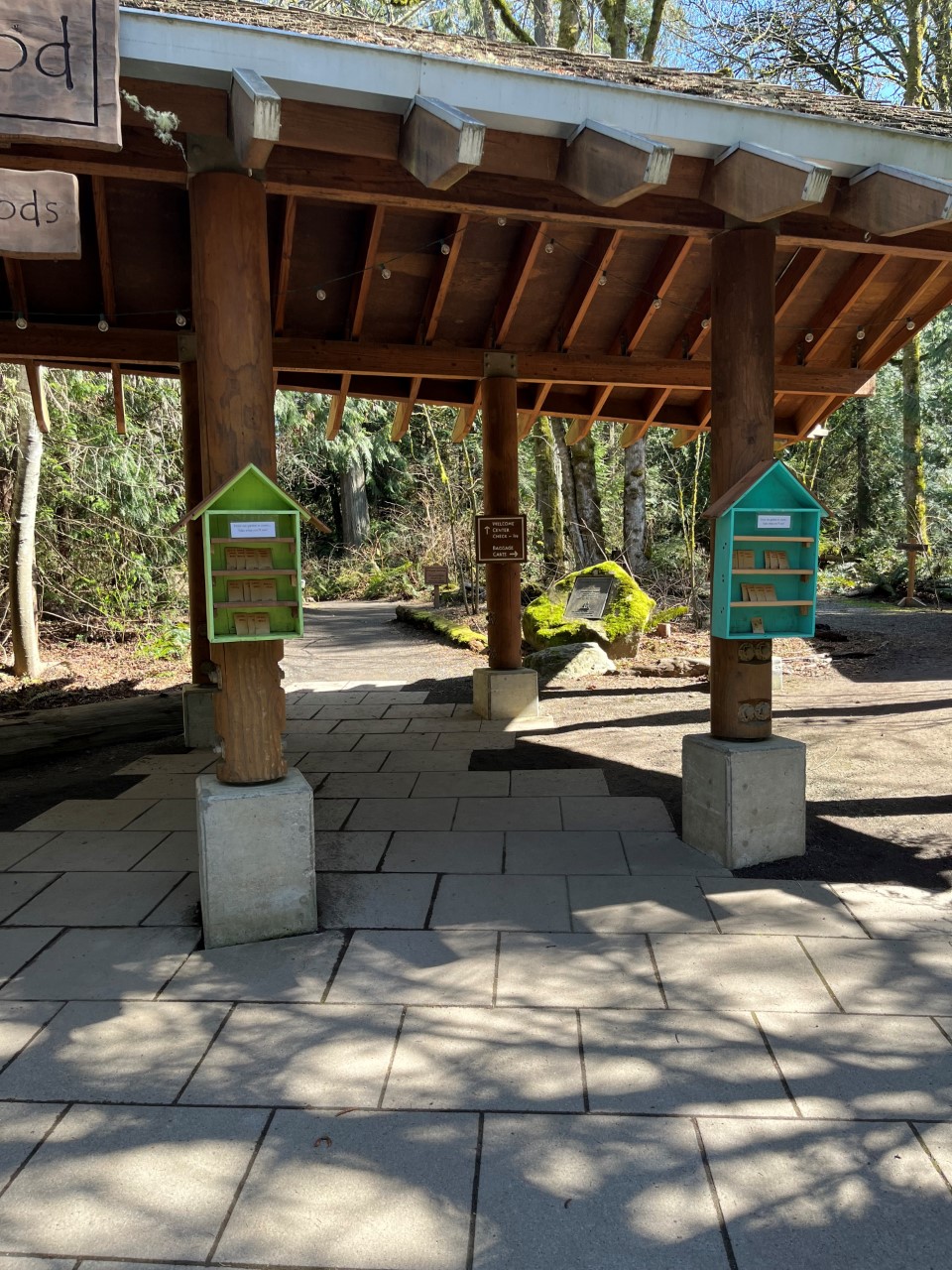Even after recent frigid temperatures, our garden is showing signs of spring!
We’ve started to plant seeds with School Overnight Program students in the greenhouse! The focus has been on brassicas (broccoli, cabbage, cauliflower) which do well in colder conditions. Our seeds are staying cozy on heat pads next to a window to stay warm while growing. Students have enjoyed planting and labeling seeds and taking ownership of keeping them thriving during the week that they’re on our Bainbridge campus. Here are some tips for planting seeds with your kids or students!
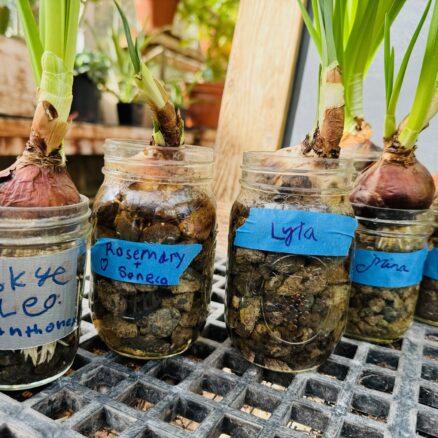
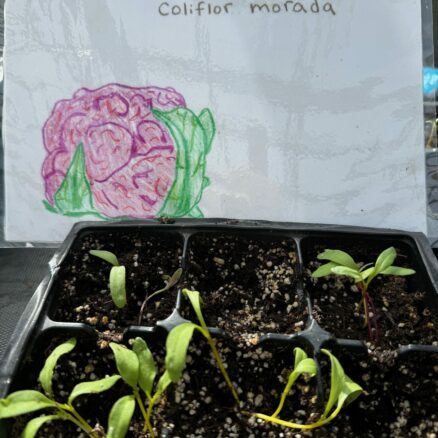
Tips for Planting
1. Choose a size of seed that fits the age. Big seeds for little kids, smaller seeds for big kids! Think squash for Kindergarten, and tomatoes for older kids.
2. Focus on the process, not the outcome. It’s a learning experience!
3. Slow things down. Demonstrate first! Mix small seeds with soil or make soil balls for kids to throw into the garden. A soil ball, or seed ball, is made when you make a ball with clay and compost, add seeds, and roll it together, and put it into a planting bed! It’s a fun way to distribute seeds with kids. This is a helpful resource for making seed balls from KidsGardening.
4. Use your finger as a measurement tool — plant up to the end of your fingernail.
5. Set kids up for success. If working with a group of kids, create stations that are kid-friendly and easy to move through. For instance, a station for mixing soil, filling planting containers, planting seeds, watering, then labeling.
6. Let the kids lead! Ask them questions & have them brainstorm answers. “What do seeds need to thrive?”
7. Talk about next steps! What happens after the seed is planted? It needs the fabulous five things to survive (sun, water, air, soil, space).
8. Label the name of the plant and the name of the student who planted it. Create a culture of caring beyond the moment.
9. Connect it to other learning. Can kids talk about life cycles, write a seed poem, or draw how they think the plant will look when it sprouts?
If you haven’t already, subscribe to our newsletter to stay in the know about blog posts, news, and events!

